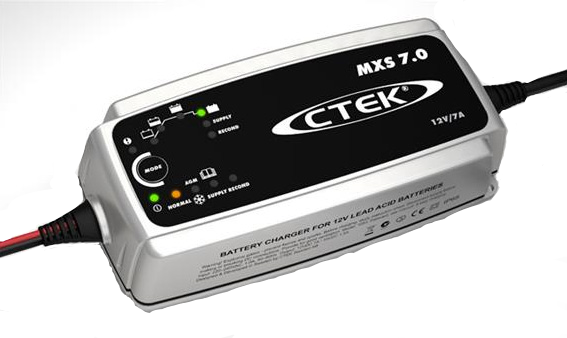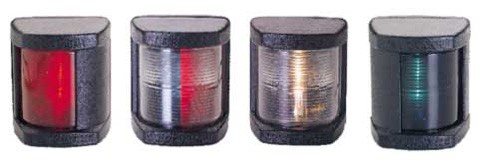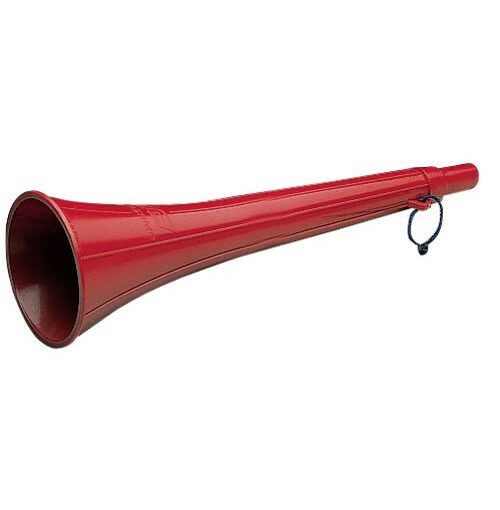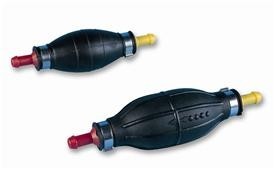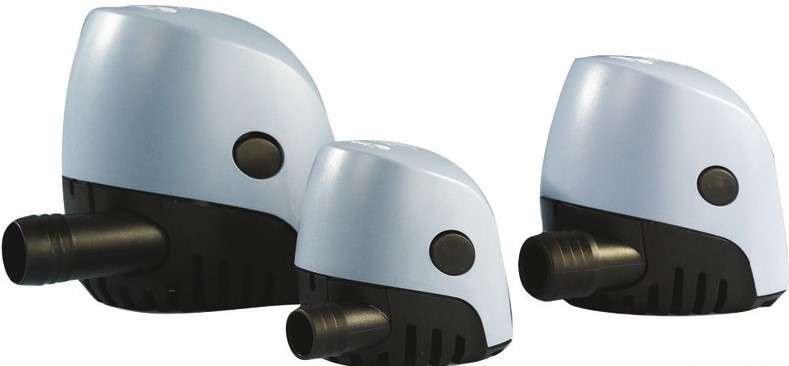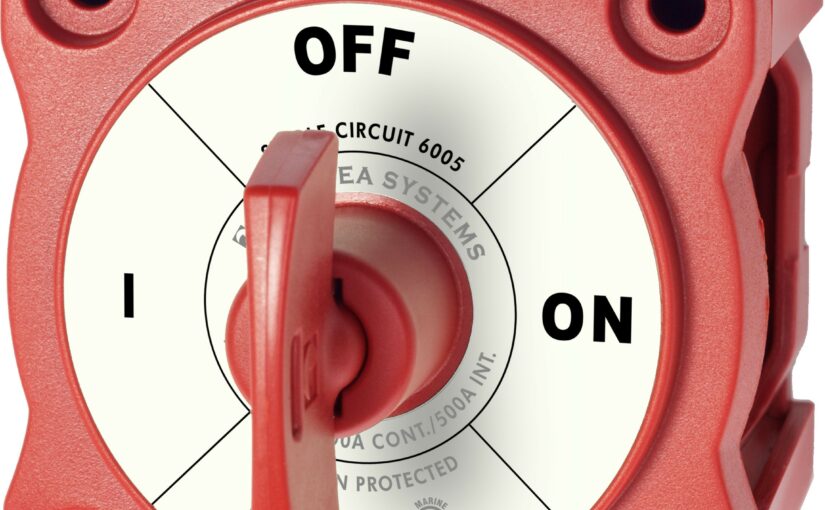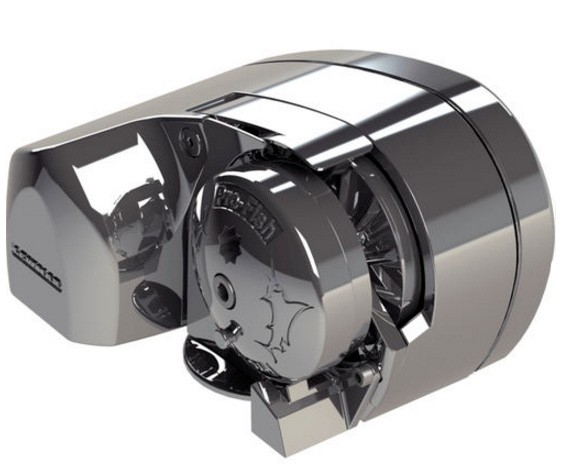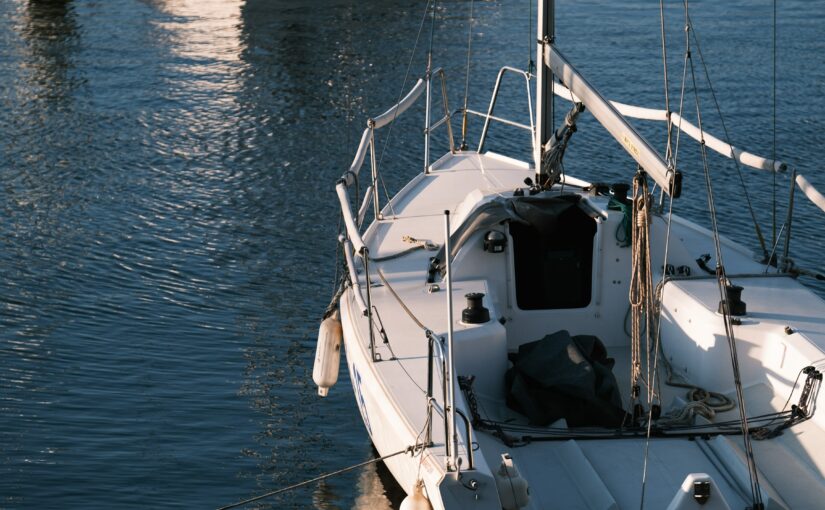Power requirements need to be best managed once you are on the high seas. Batteries play a key role in this, and all the right steps need to be taken to do this properly. One of the choices to be made is the battery, and the various details associated with it, such as amperage.
The importance of a good charger
The performance of the energy devices available on the open sea must be optimal. The boat battery charger must be in this spirit, otherwise it may be a nuisance for your sea travel. When deciding on one, it is essential that it meets several high quality criteria.
Having a good amperage for the charger is one of the necessities that ensure good performance for your battery. This allows the battery to be used to its full potential. So don’t skimp on the details when choosing.
Choosing the right amperage for your battery
The batteries themselves are one of the points to prioritise when deciding on the amperage. The parameters of the battery should be used to determine the most suitable amperage. A general rule of thumb is that the level of the boat battery charger a general rule of thumb is that the amperage level of the battery should be 20-25% that of your battery.
For example, for an average 400mA battery, you should choose a charger model that varies between 80A and 100A. If you stray too far from these amperage ranges, it could be harmful to both the charger and the battery. Also, don’t hesitate to ask questions to the salesman before making any purchases.
Other criteria for the charger
Among the important details that affect the choice of a boat battery charger, we can mention the management of the heat emitted. It is normal for the battery to increase in temperature when it is in operation. However, this becomes more important the larger the battery is.
The charger itself can be affected by this heat if it is too close to your battery. So you need to choose a model that handles this problem as well as possible. Secondly, batteries can also be charged from several points, which will charge individually.
Choosing the right battery
Before you even decide on a boat battery charger, you need to make a good choice for the battery itself. If you take the right measurements for this element, it will not be too difficult to choose a good charger.
The power is one of the most important points to consider. In particular, it must be adapted to your boat, and to details such as the size of your boat. The larger your boat, the more powerful the battery will need to be for its energy requirements. Also, taking your time before deciding on a particular battery will ensure optimal use.

